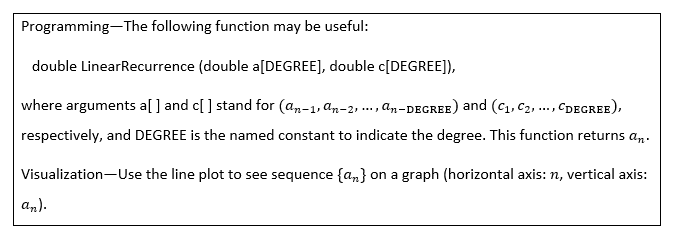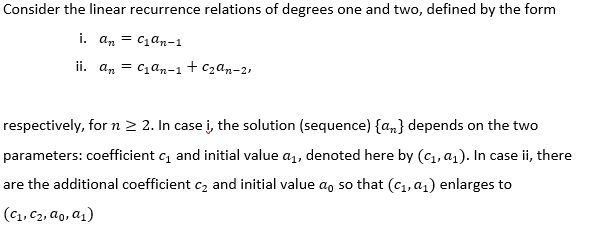Answered step by step
Verified Expert Solution
Question
1 Approved Answer
IMPORTANT MESSAGE: I HAVE POST THE SAME QUESTION BEFORE AND NO ONE GIVE ME THE RIGHT/CORRECT ANSWER. THE ANSWER THAT THEY GIVE ME IS TOTALLY
IMPORTANT MESSAGE: I HAVE POST THE SAME QUESTION BEFORE AND NO ONE GIVE ME THE RIGHT/CORRECT ANSWER. THE ANSWER THAT THEY GIVE ME IS TOTALLY INCORRECT AND NOT RELATED TO THE QUESTION ! THIS IS A QUESTION FROM SUBJECT (MATHEMATICS FOR COMPUTING). PLEASE GIVE ME THE RIGHT ANSWER, IF IT IS INCORRECT ANSWER AND FORMAT, I WILL HARDLY DOWNVOTE !!!



Step by Step Solution
There are 3 Steps involved in it
Step: 1

Get Instant Access to Expert-Tailored Solutions
See step-by-step solutions with expert insights and AI powered tools for academic success
Step: 2

Step: 3

Ace Your Homework with AI
Get the answers you need in no time with our AI-driven, step-by-step assistance
Get Started


